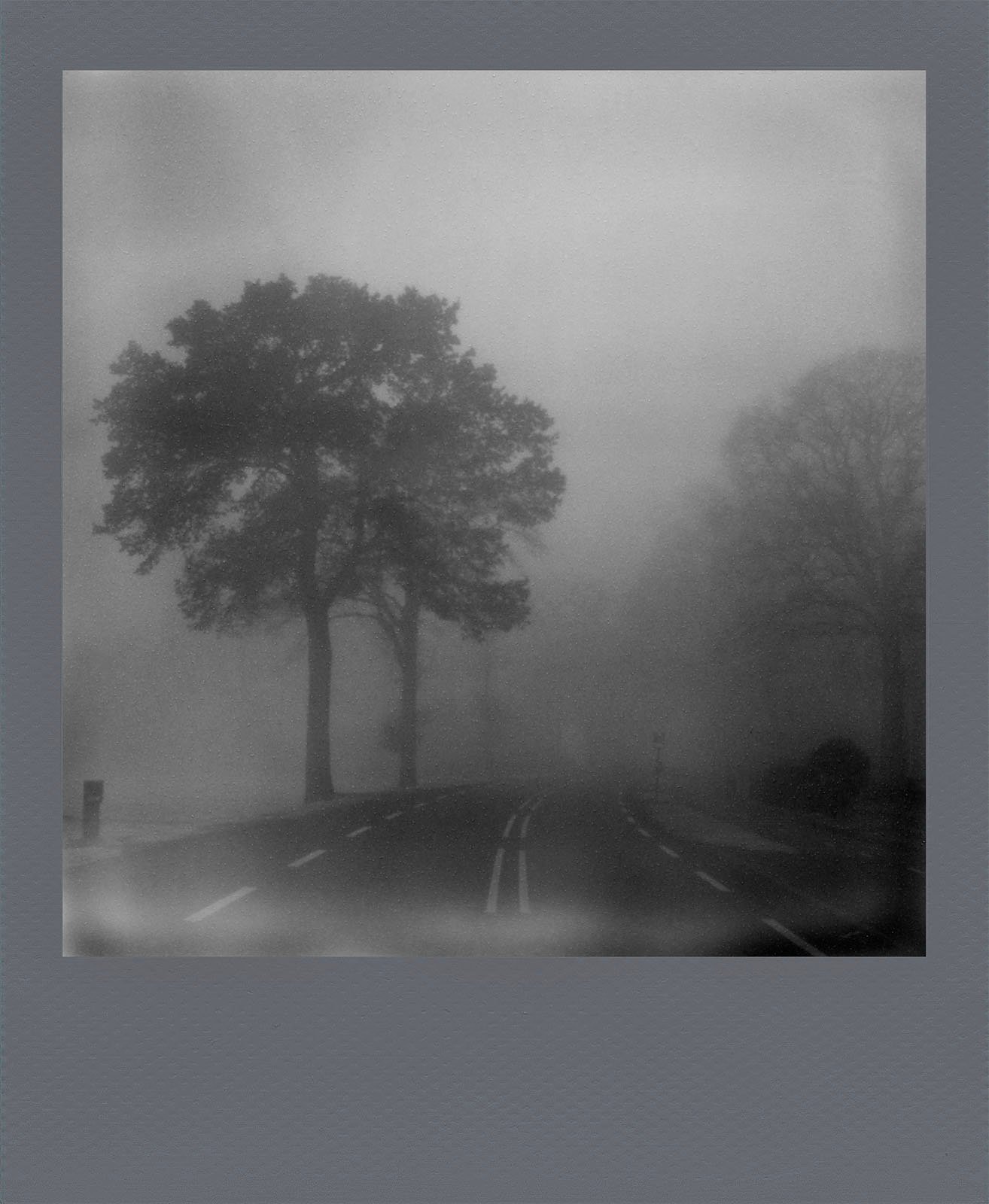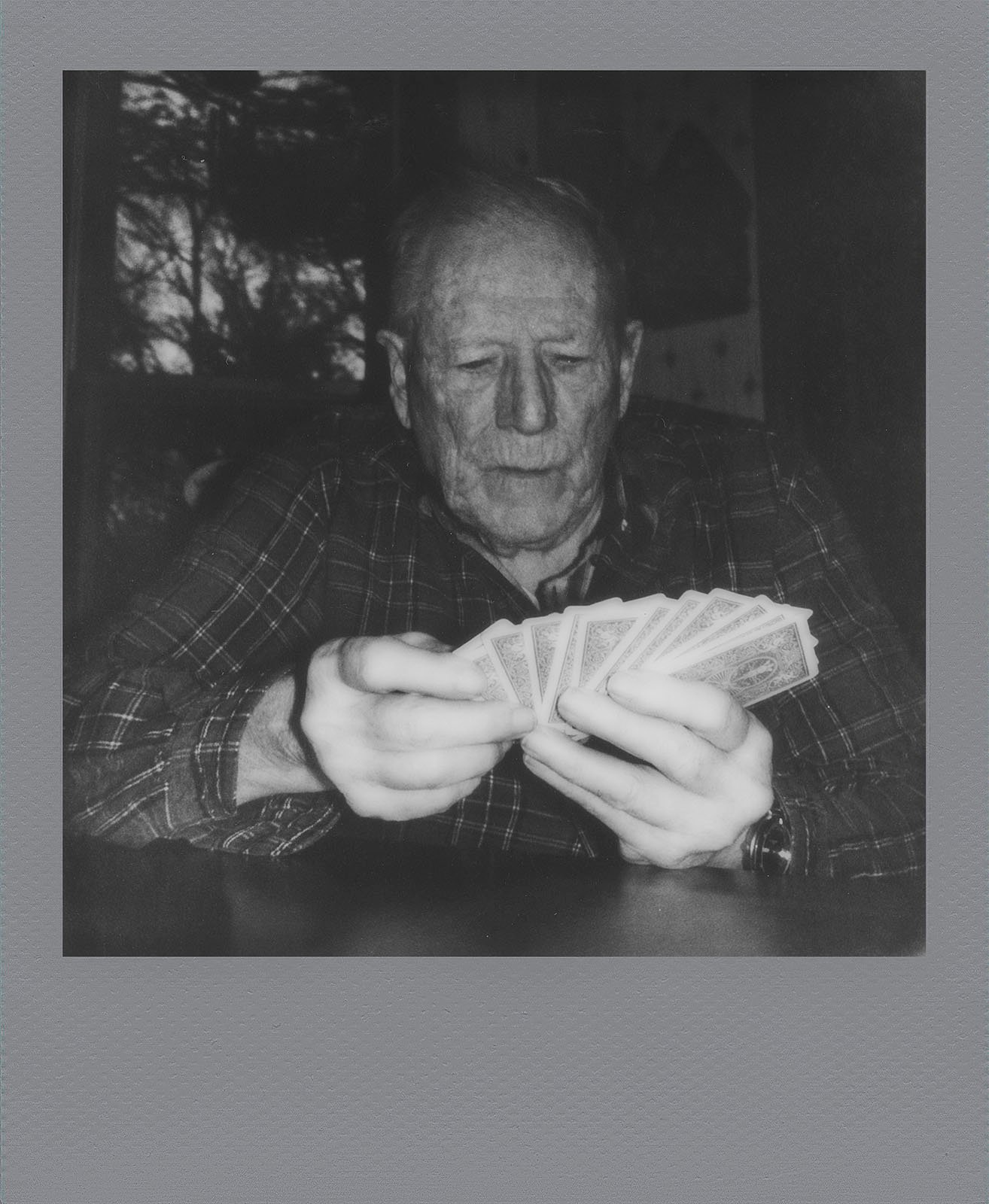Polaroid Unveils Improved Chemistry for B&W 600 Instant Film

Polaroid has announced a significant upgrade to its iconic B&W 600 film for vintage and vintage-inspired instant cameras.
The new B&W 600 Film — Monochrome Frame features new chemistry, which Polaroid promises offers instant photographers improved clarity and lighter contrast. The company also says that the revised film “offers photographers significantly more nuance” in their black and white images.



“Our film chemistry is at the very heart of what we do at Polaroid. We’re hard at work on numerous research tracks to keep pushing the film forward, and moments like these when we can release the new formulations to the public are super exciting,” says Polaroid Chairman Oskar Smolokowski. “We’re very proud to manufacture all of this in our European factories, the world’s only Polaroid film production facilities!”
Polaroid B&W 600 Film features a positive sheet and negative material, enabling instant photos when exposed to light. The light sensitivity is due to silver halide crystals that react during exposure, creating a latent image. The film then passes through rollers in a 600 camera, which applies a developer chemical. The developer catalyzes a reaction with the exposed crystals. Additional chemicals help control reaction speed, stabilize everything, and protect the photo against ambient light.



The instant photography process is fascinating, and its roots can be traced back to Polaroid founder Edwin Land. While much has changed since Land pioneered instant photography and turned Polaroid into a household name, the basic principles of instant film photography have remained unchanged.
That is part of what makes Polaroid’s new chemical process so interesting — these sorts of changes do not come often. In some cases, analog photography chemical adjustments result from supply issues or to adhere to new environmental and safety regulations. In this case, Polaroid doesn’t say what precipitated the shift, only that the chemistry is better. The new-and-improved B&W chemistry will be rolled out across upcoming Polaroid film products.
![]()
Polaroid B&W 600 Film — Monochrome Frames are available now for $20 per pack directly from Polaroid . The film has black, dark gray, and light gray frames around the image area. Each pack has eight instant photos, and the new chemistry can be told apart from the older B&W 600 Film by new packaging with a diagonal gray gradient striping. The old film has a solid gray and white package.
Image credits: Polaroid. Individual photographers are credited in the captions.